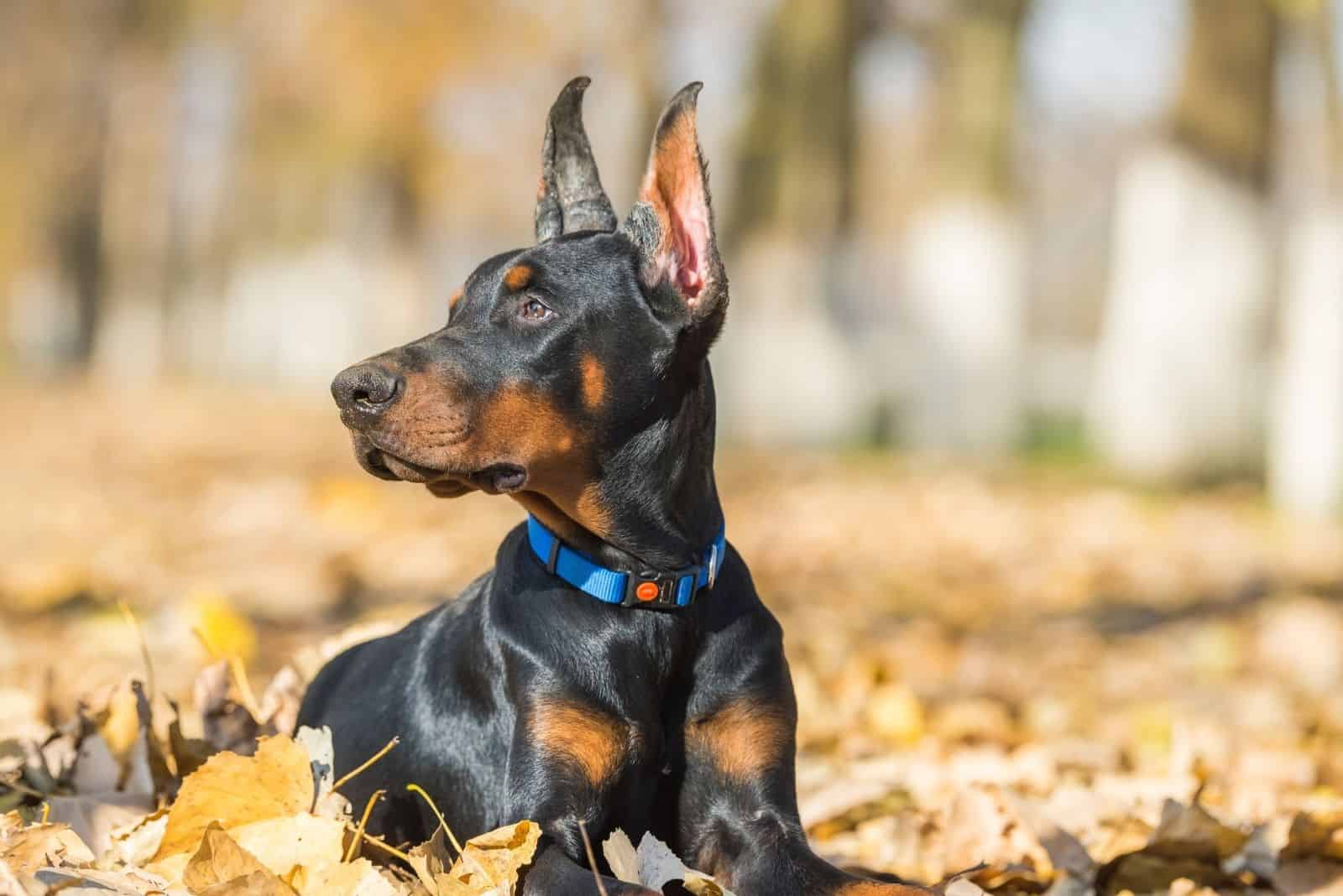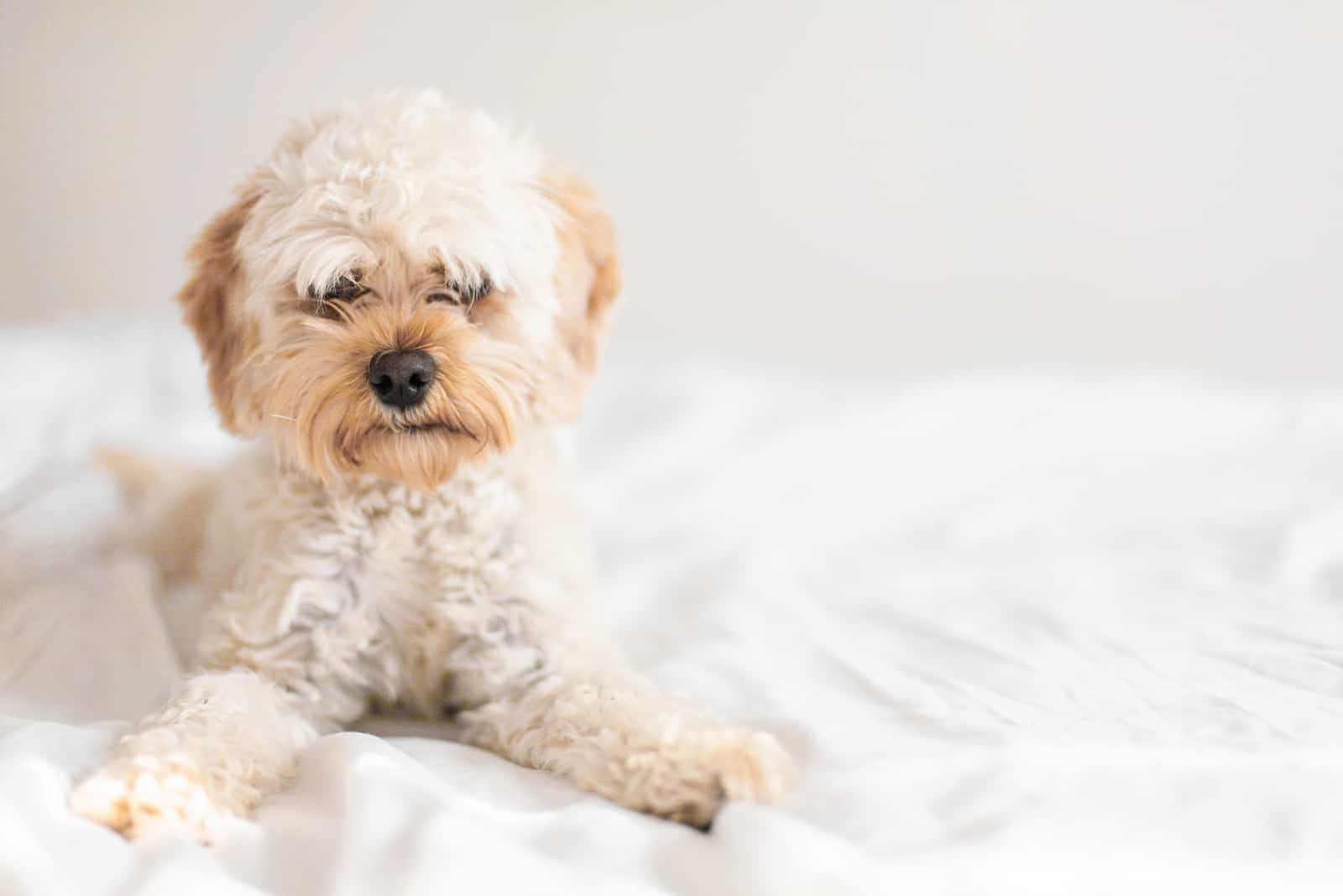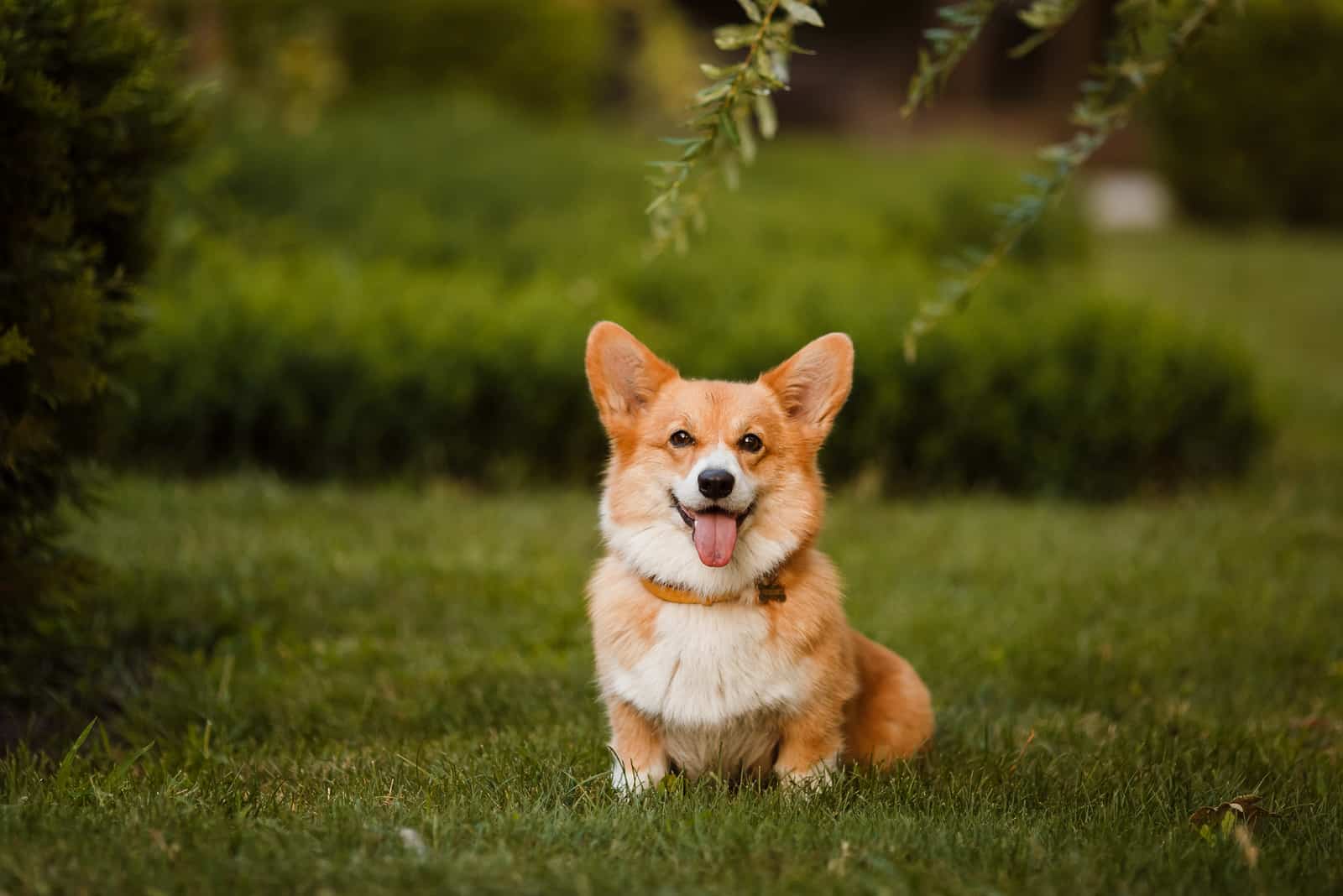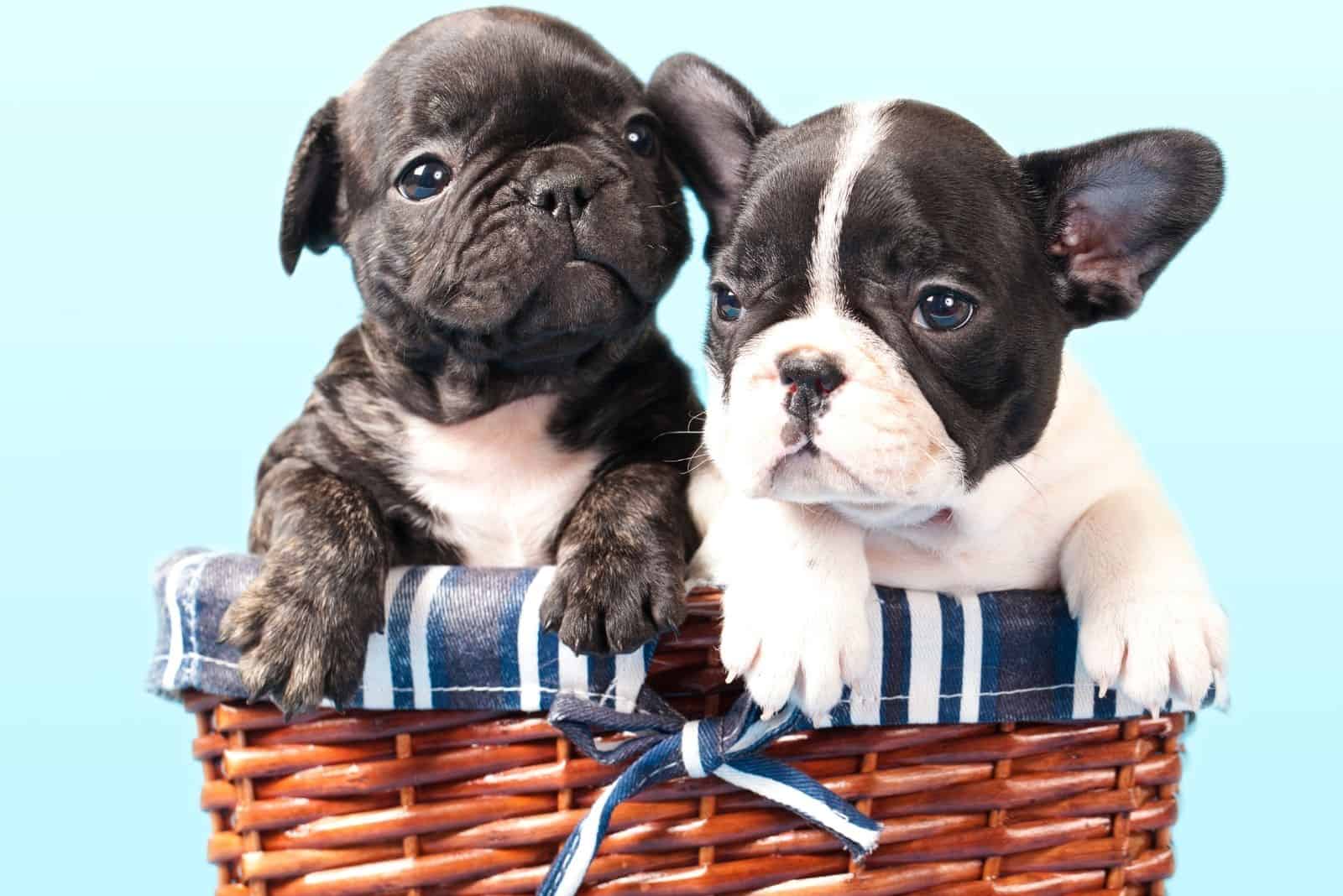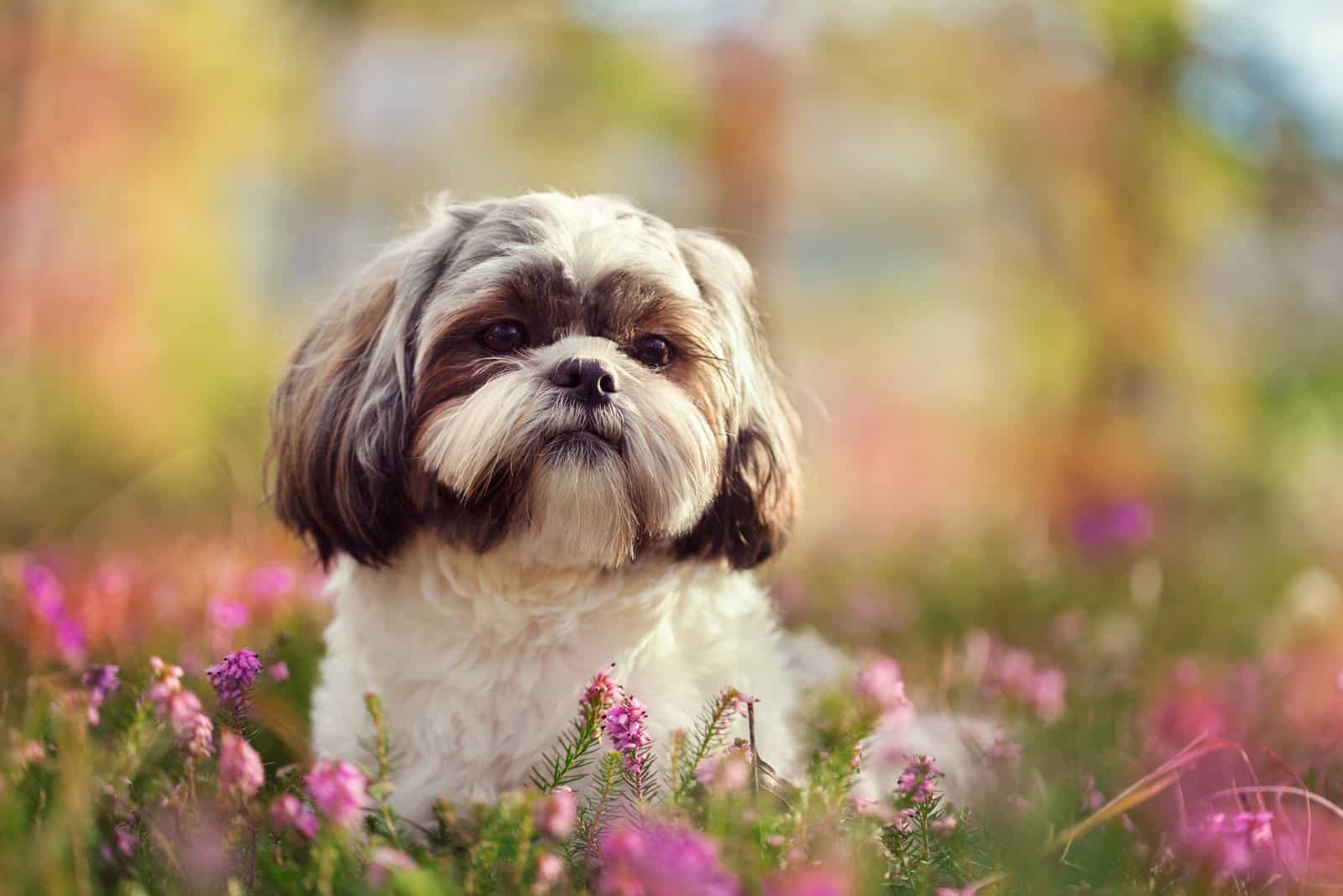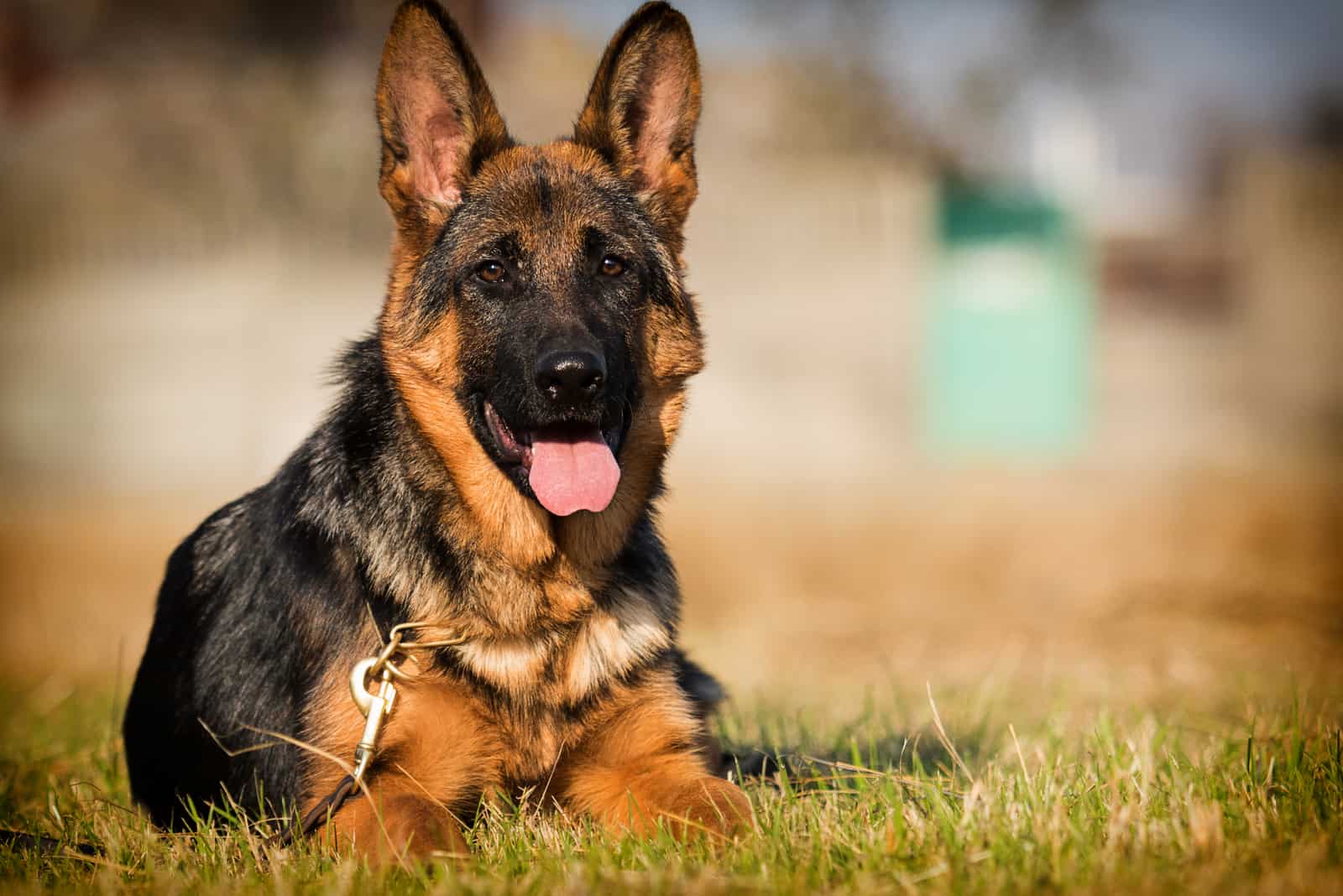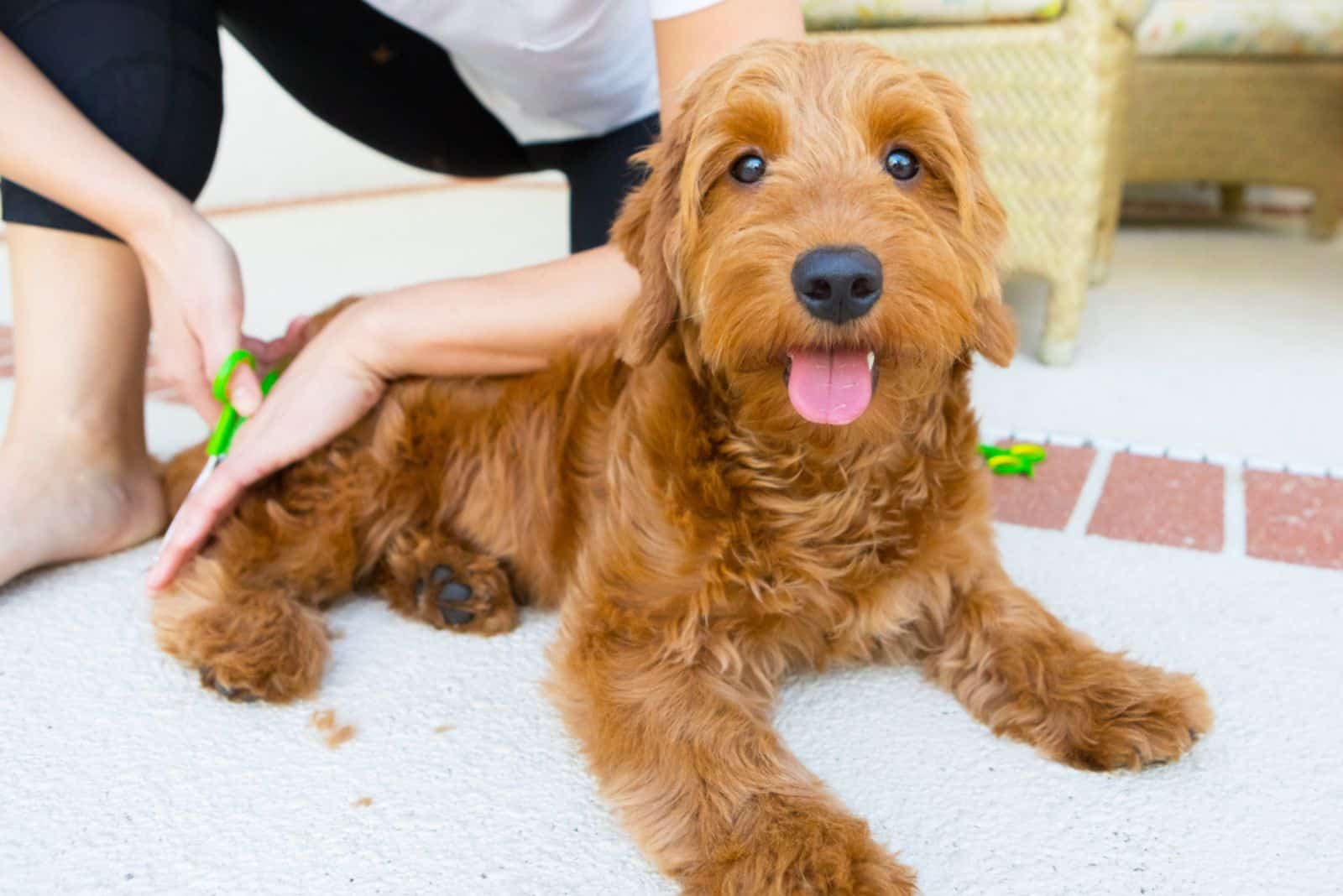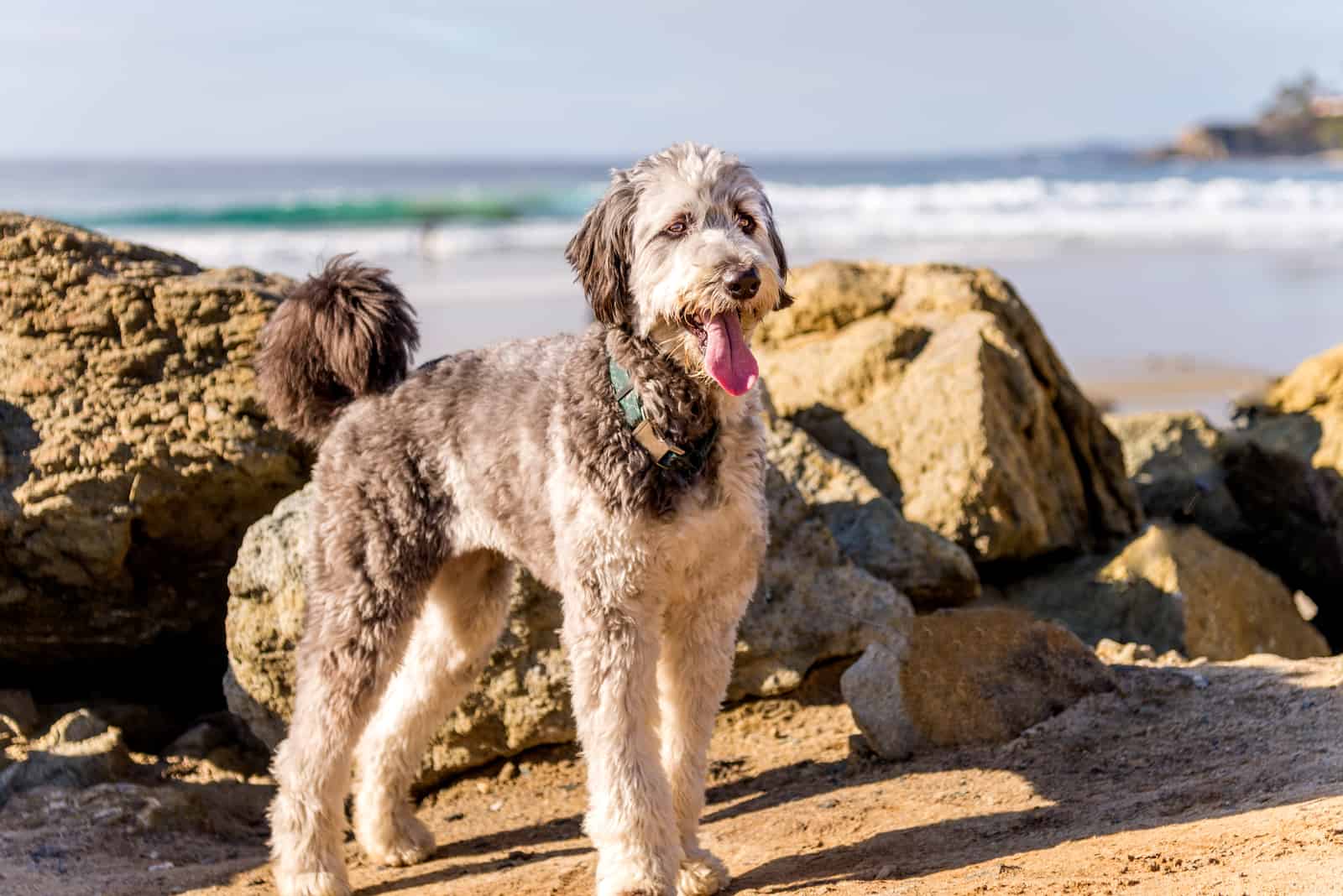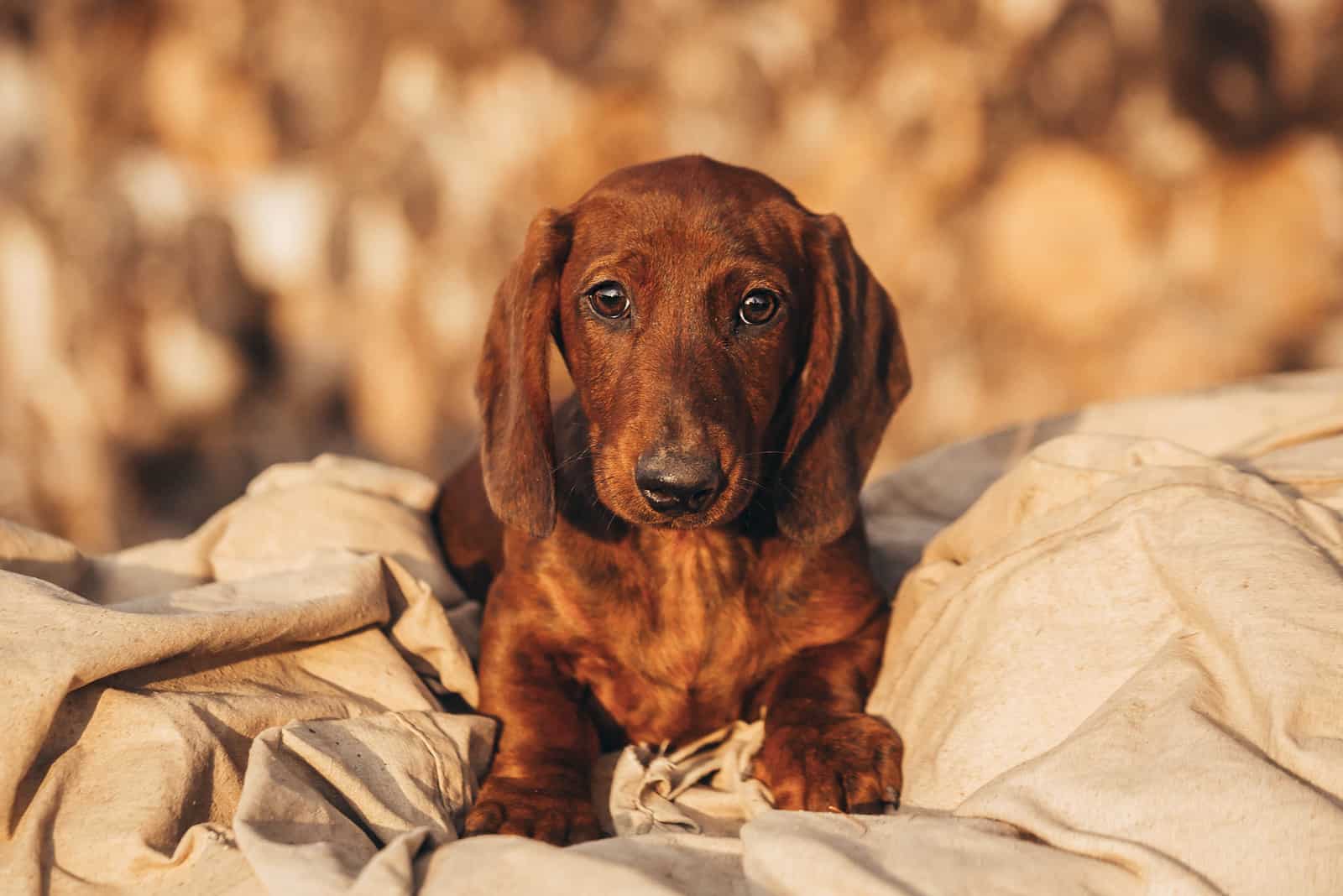Anyone asking this question has clearly never owned one of these dogs.
Do Chow Chows shed? You bet they do! However, it would be a mistake to let this put you off getting one. Yes, they are heavy shedders, but these unique canines really are worth the effort.
Find out how much they shed, how often, and what you can do about it with our in-depth guide to the Chow Chow coat. We’ll throw in some tips on grooming and general care to help you cope with this fluffy pooch.
Do Chow Chows Shed?
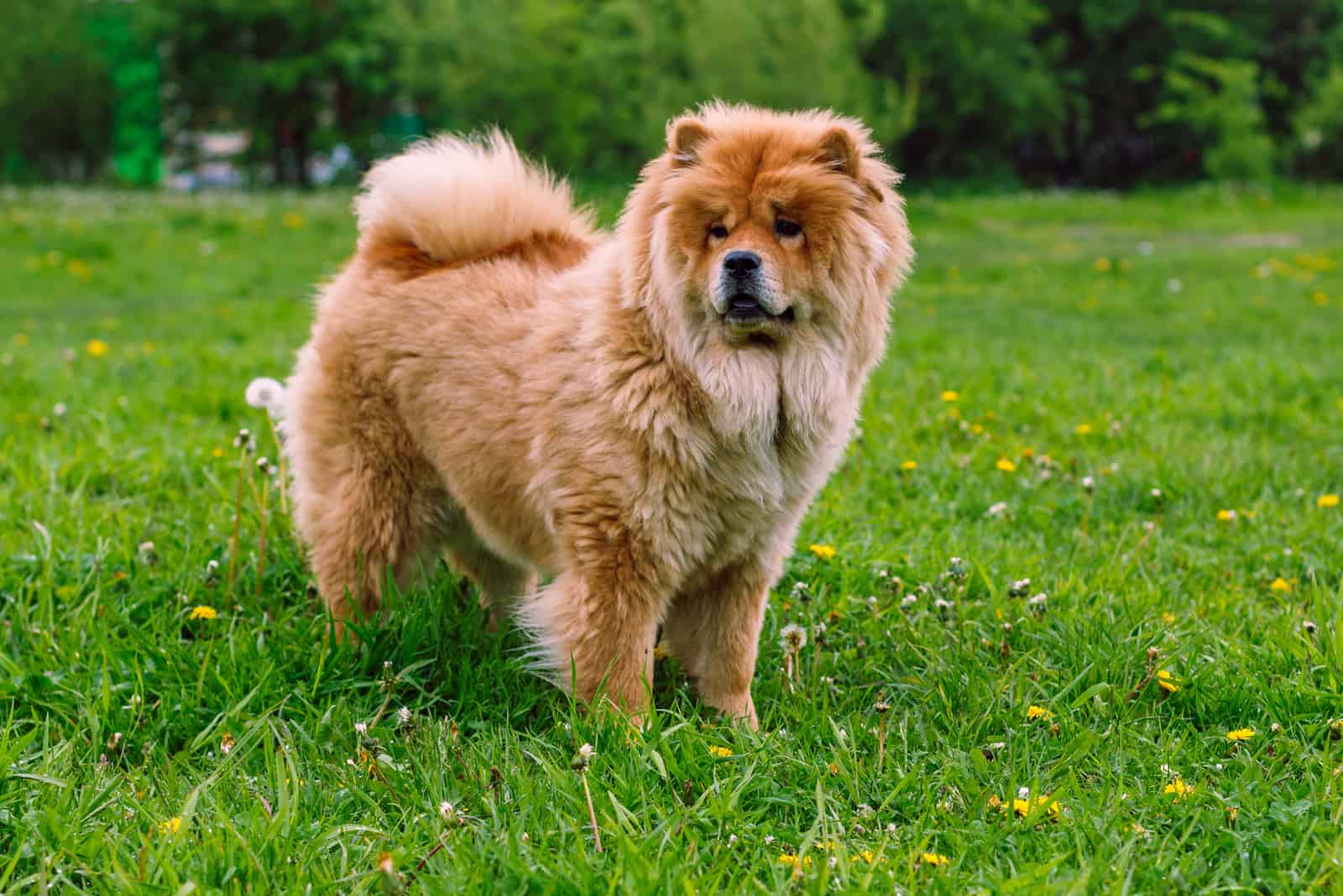
We’re leading with the same question again to get this point across: if you want a Chow Chow, get used to heavy shedding.
When you first see one, it’s not uncommon to think: it’s so fluffy!
If you are particularly houseproud, you may soon tire of the loose hair that gets all over. And we mean all over. No sofa, cushion, rug, or item of clothing is spared. And to be entirely honest, you might find the odd hair in your food or drink.
This isn’t said to deter you; it’s merely for the sake of honesty. Taking on any dog is a significant responsibility, and you need to know precisely what you’re letting yourself in for.
Chow Chows come in two coat types: rough or smooth. Both are double coats, meaning they have an outer coat of guard hairs on top of a thick, fluffy undercoat.
Both the rough coat and smooth coat lose hair moderately all year round, and this gets heavier during the shedding seasons in spring and fall. Over the course of three to six weeks, that fluffy undercoat will blow, meaning it falls out to make way for new hair.
This stuff gets everywhere, as it is lightweight and can be carried by the slightest breeze. It’s also very fine, so it sticks to fabric easily.
So, yes, Chow Chows shed a lot. But there’s far more to this enigmatic furball than just fluff!
Let’s take a few moments to discover more about them.
How Much Do Chow Chows Shed?
Here’s a clue: these dogs are in the top 5 heaviest shedding dog breeds in the world! Although each dog is different, and there are certain factors that affect just how much hair they lose, these dogs are year-round shedders.
Also, the thick double-coat goes into overdrive in spring and fall, when you’re likely to be overwhelmed by a mountain of fur, unless you take steps to reduce it!
You can find advice on this further along.
A Short History Of The Chow Chow (And Its Fluffy Coat)
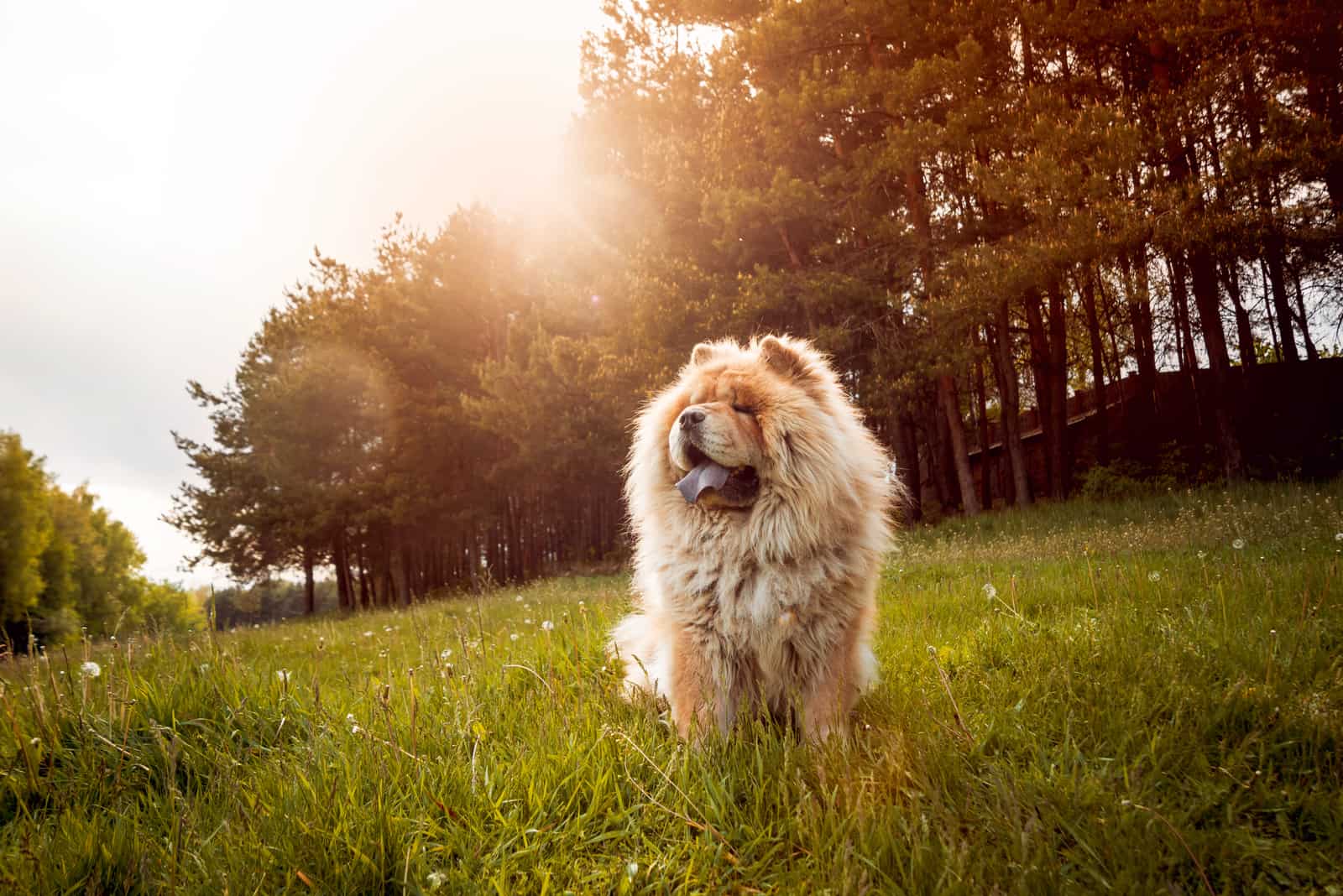
When British traders brought back goods from China in the 18th century, they applied the name Chow Chow to all kinds of items in their cargo, including dogs. It was easier than learning the proper ‘foreign’ words for things.
The Chow’s coat made this dog an instant hit in the West, as there wasn’t anything like it. They were kept at London Zoo for a while because of their exotic-looking coats!
The origins of this unique dog’s name are unclear but may be linked to the fact that the Chow Chow was called the edible dog in Cantonese: during lean times throughout Chinese history, dogs have provided a source of food.
As shocking as that might be for us, this is a very different culture. And you can be sure that this dog’s thick coat would not be wasted either.
This breed’s proper name is Songshi-Quan, which is beautiful and accurate: it means PuffyLion Dog. Two lesser-known names are Hsiung Kou and Lang Kou (Bear Dog and Wolf Dog), which are also accurate!
There’s no doubt that the Chow’s coat is puffy, they do resemble bears, and they are very closely related to the wolf.
The Songshi-Quan is an ancient breed and may even be the oldest. Their ancestors were called ManKou, meaning Barbarian’s Dog, as they were taken into battle as war dogs.
These faithful, fluffy canines have been guardians, hunting dogs, and used to pull carts and sleds. They worked on farms as rat catchers and were kept for their fur and meat.
On a happier note, Chow Chows were also invaluable companions to Chinese emperors and nobles.
Their lives are much simpler now, as most are family dogs. The biggest challenge they usually face is coping with the terrifying beast known as the vacuum cleaner.
Are Chow Chows Hypoallergenic?
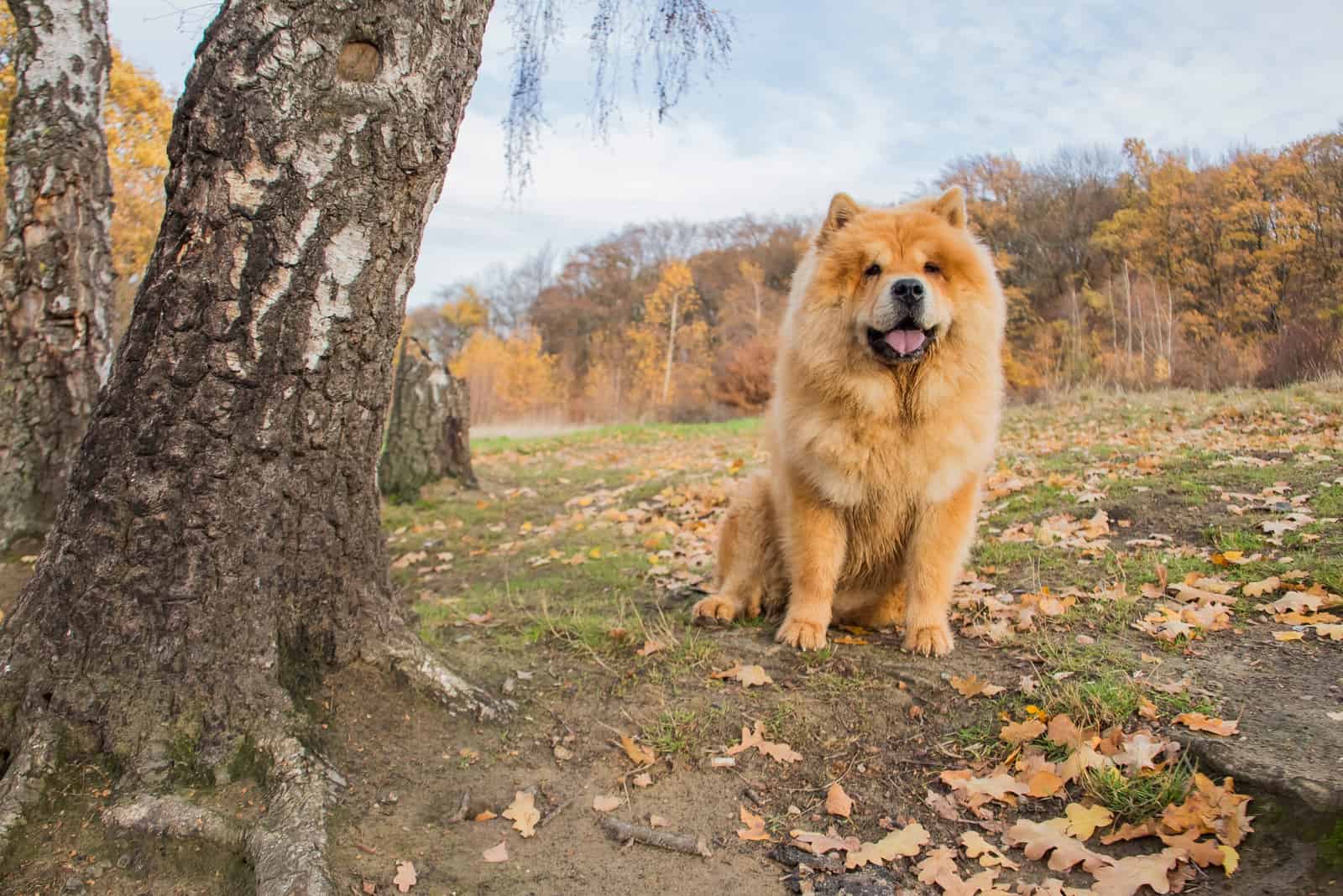
Sadly, no. These are not considered the best choice for households where pet allergies are an issue.
Contrary to what many people still believe, it isn’t the dog’s fur that causes the problem. The real culprit is a protein that dogs produce in their saliva and dander (flecks of dry skin). This protein sticks to loose hair that falls about your home.
Dander is so light that it floats like dust, getting up your nose in your eyes. It also sticks to the dog’s hair. And because Chow Chow’s thick double coat drops hair throughout the year and blows twice a year, there’s more chance that you’ll come into contact with these allergens.
So, it isn’t the dog hair that causes the problem; it’s a protein that your dog produces.
However, don’t go blaming your dog, as it’s all your fault! At least, it’s your immune system’s fault, as it identifies the protein as a harmful substance. Basically, it’s a lot of fuss about nothing: the protein in question (Can f1) is completely harmless!
Still, there isn’t an awful lot you can do about it except to put up with the symptoms, take antihistamines, or get a hypoallergenic dog, like a Poodle.
What Is A Hypoallergenic Dog?
It’s worth taking a short detour here to answer this question, as there’s a lot of confusion about what it actually means.
Despite what you’ll read on some other websites, hypoallergenic dogs exist. Anyone who says they don’t exist doesn’t understand what the word means. So, let’s make it as straightforward as possible:
A hypoallergenic dog is less likely to trigger an allergic reaction.
Nobody is saying they are allergy-free, as it’s impossible to make that claim. As we’ve seen, the human immune system is to blame. Two allergy sufferers may react to the same dog differently, and one may be far worse than the other.
All we can say is that a low-shedding dog that doesn’t lick its coat a lot and produces less dander is less likely to provoke an allergic reaction in allergy sufferers.
Phrases like 100% hypoallergenic don’t make any sense in this context. Dogs are either potentially allergy-friendly or not; it’s as simple as that.
Why Do Dogs Shed?
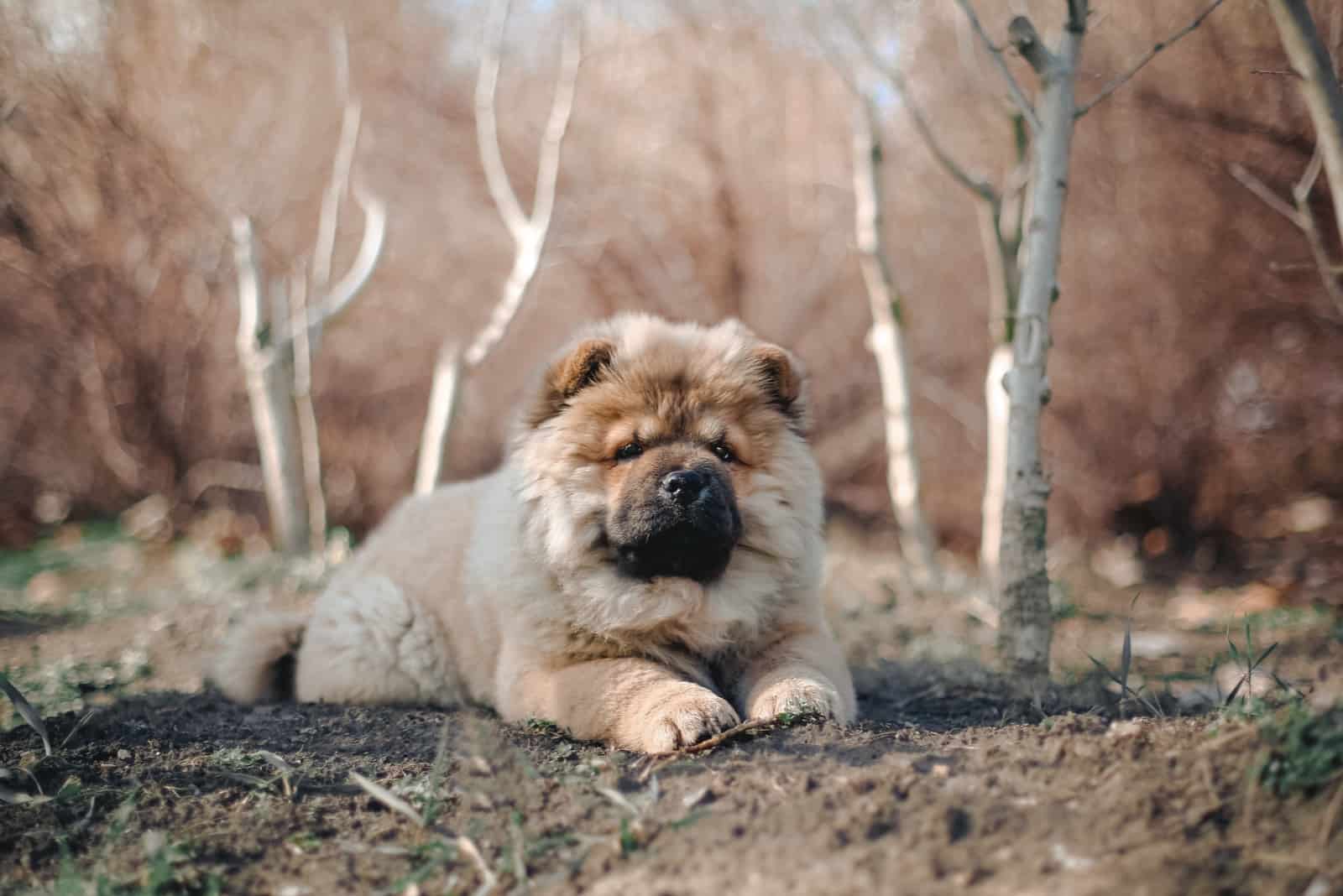
Aside from a few selected dog breeds, all dogs shed, especially those with double coats. Some dogs with longer coats have hair similar to humans in that it keeps growing until cut.
Others have coats where the hair has a four-stage lifecycle:
• Anagen. The active growing stage, where hair grows to its longest. This stage lasts longer in long-haired breeds.
• Catagen. Having reached its limit, the hair stops growing.
• Telogen. The resting stage, where hair is dormant. The hair itself is technically dead, but the root is still alive, and the follicle clings to it. This stage lasts longer in many smaller dog breeds.
• Exogen. This is where the fun starts! The hair follicles release their grip on dead hairs as new ones grow. Some year-round shedders only shed lightly as these stages happen at different times right across the coat, allowing for light, even shedding. However, double-coated heavy shedders are a different story as the undercoat blows twice a year.
So, now you know the science behind it, you understand why those pesky hairs are all over your home. Even so, it doesn’t make it any less annoying!
We’ll look into some ways of reducing the amount of hair that sticks around your home a little later on.
How Often Should I Brush A Chow Chow?
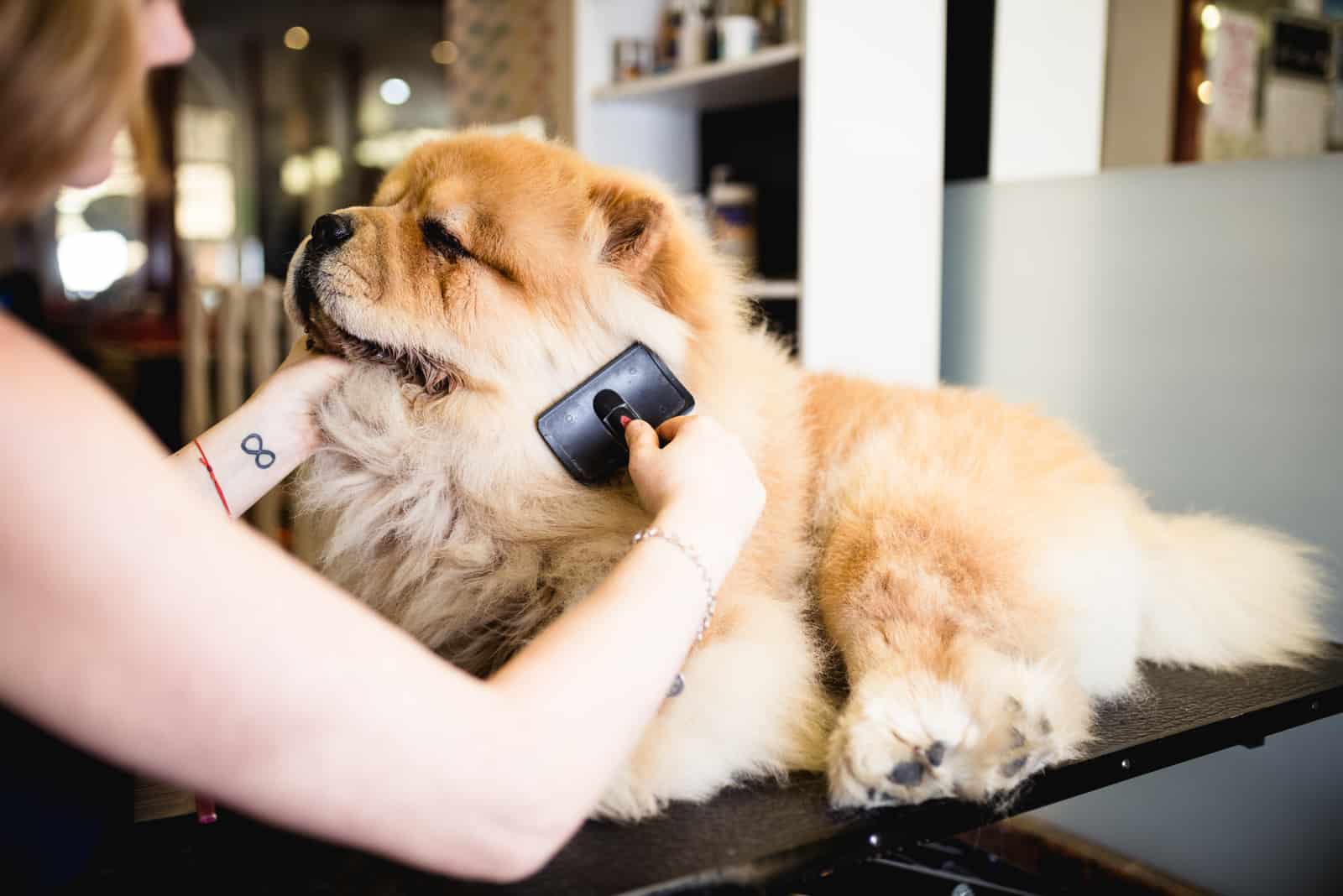
Getting rid of loose hair before it can make its way around your home is a good idea.
It’s best to establish a regular brushing routine when your dog is young, as it gets them used to the process. Some dogs aren’t keen on being brushed, but they should soon accept it as a normal part of their life if you start when they’re a puppy.
It’s best to brush your Chow Chow at least three times a week to keep its fur under control. You’ll need to increase this to daily brushing during the shedding seasons. You’ll probably regret it if you don’t, as there’ll be excessive amounts of loose fur.
Seasonal shedding will vary according to where you live. Curiously enough, it isn’t the temperature that triggers a dog’s coat to blow.
Changing light levels cause changes in your dog’s body, producing hormones that prepare them for the coming season.
They don’t need as much dense fur to keep them warm in the summer months, so they lose much of their undercoat in spring. And in fall, they grow a thicker winter coat, pushing out all the dead hair from summer.
The rough coat Chow Chow needs more attention to avoid matting. This can be a painful problem for your pooch. Tangled and matted fur pulls as the dog moves, sometimes breaking the skin. Dirt and bacteria can get in, causing infections.
Ideally, you should invest in a slicker brush (large size) to deal with the furry undercoat. You’ll also need a metal comb to avoid matting and a pin brush to go over the topcoat.
Daily brushing is ideal, if you can manage it. However, three times a week will do the trick and keep all that hair under control.
How To Reduce The Amount Of Shedding
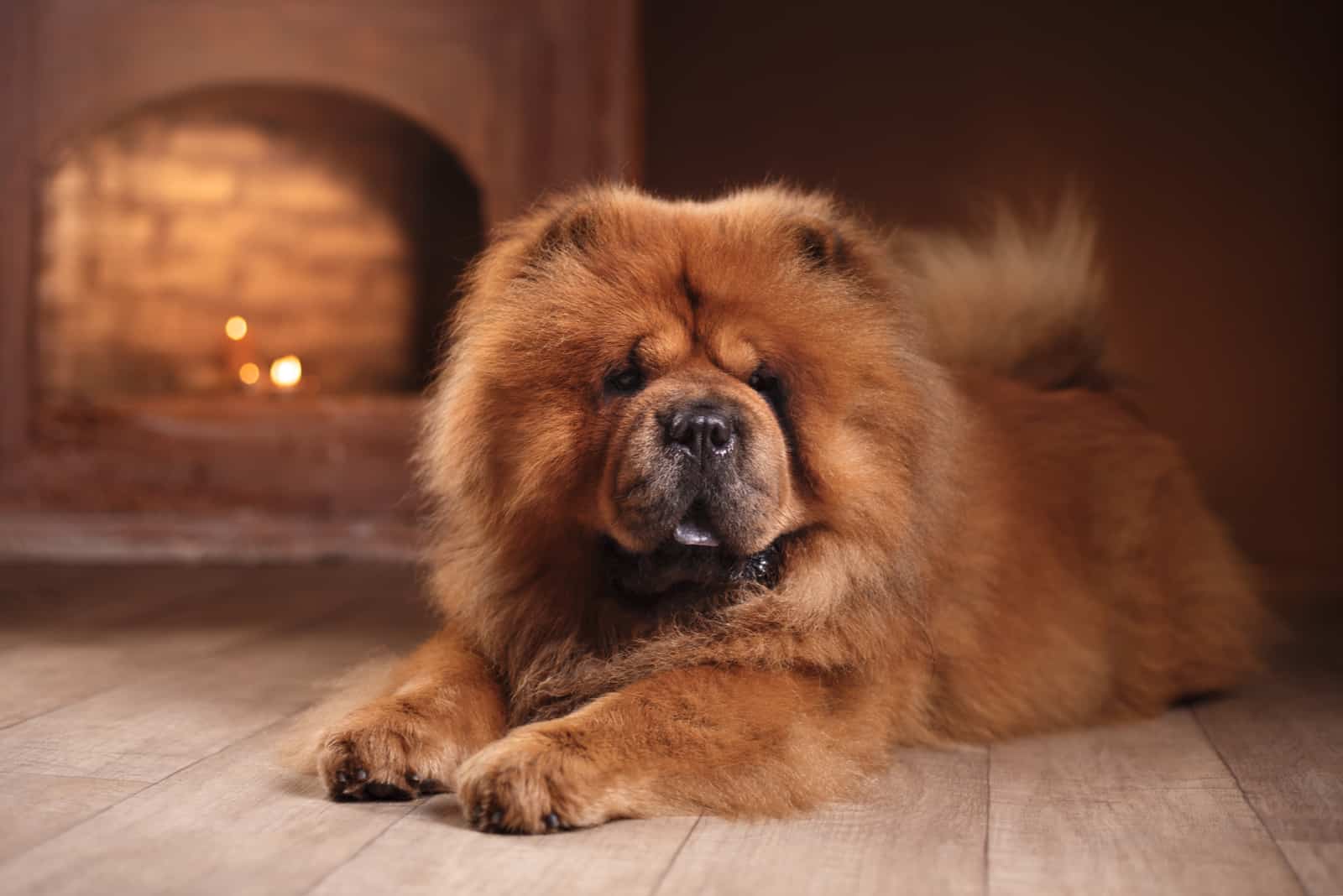
So, either you’re considering getting a Chow Chow, and you’re concerned about all that hair, or you already own one, and you’re sick of the sight of dog hair!
Fear not; there are some tricks that can help to lessen the amount of hair your dog sheds and also stop any loose hair from being a nuisance.
We learned about a few of these already, but here’s a list of things to try:
• Regular grooming. Honestly, you can’t underestimate the power of a good brushing! Be sure to research and buy the right brushes, as this will make a difference. Brush your dog outside, if possible, or maybe in your garage. Daily brushing is best, but a Chow Chow should be brushed at least three times a week.
• A healthy, balanced diet. Speak to your vet or the breeder where you got your pup. Good breeders always like to stay in touch and offer advice throughout your dog’s life. Most have a wealth of knowledge concerning nutrition and health, so be sure to take advantage of this.
• Vacuum regularly. A good quality pet hair vacuum cleaner can cope with all that hair and keep your furniture and carpets hair-free.
• Use a lint roller. Washing your dog’s bed and bedding will stop hair from accumulating, but in between washes, you could try running over it with a lint roller to pick up any loose hairs.
• Check for parasites and allergies. Fleas and mites will have your dog scratching all day! This pulls out hairs and damages the skin that’s already irritated, resulting in more hair loss. As we learned, allergies can cause a lot of trouble, not only with your dog’s coat.
• Bathing. This washes away dirt and bacteria that might cause skin infections and keeps your dog’s skin moisturized, especially if you use a gentle conditioner (doggy brands only!). Oatmeal shampoo is perfect for this.
Can I Cut My Chow Chow’s Hair?
It’s good to keep the Chow Chow dog’s summer coat trimmed during those warmer months, and this will help keep them cool and tidy.
Some dog owners make the mistake of shaving their poor puppies, believing that it will cool them down. The trouble is, a dog’s coat is part of a complex insulation system that makes sure they can cope with hot and cold temperatures.
While a few breeds can handle being shaved, double-coated breeds can’t, including the Chow Chow. Exposing the skin makes them more likely to overheat and possibly get sunburn.
Also, a double-coat rarely grows back the same, as the texture of the hair changes. It may also grow back unevenly, looking patchy and weird.
So, by all means, you can trim your Chow Chow’s fur coat (or get a groomer to) but never shave it!
How Often Should A Chow Chow Be Bathed?
Regular bathing is an excellent way to reduce hair loss in dogs, but take care not to do this too often.
The best advice is to bathe your Chow about once a month, maybe even every six weeks. If you do this more frequently, you risk drying out their skin, leading to irritation and infection.
Never let the water get too hot (lukewarm is perfect), and only use mild shampoos designed for dogs. Most human shampoos are too harsh and have the wrong pH value, so you risk harming your dog’s skin.
Although it won’t hurt to use it once or twice, if you repeatedly use human shampoo, your dog will be at risk from viruses, parasites, and skin infections.
Some experts suggest that baby shampoo is acceptable, but it’s best to buy a doggy brand to be on the safe side.
If your pup gets filthy in between baths, they’ll need a wash. However, as a general rule, Chow Chows should not be bathed more than once a month.
Instead of bathing, try brushing out dried dirt if possible. Thankfully, Chow Chows are naturally clean dogs, so they shouldn’t get too mucky.
If you find that your puppy needs washing sooner, try using clear water without any shampoo. They can also be dried with a doggy hairdryer (preferably on a cool setting to avoid making them too hot).
By following these tips, you can keep all that fluff under control and make life with your Chow Chow a much happier experience.
One interesting fact to note is that dog owners who live in moderate climates may find their pooch sheds less throughout the year.
Chow Chows And Excessive Shedding
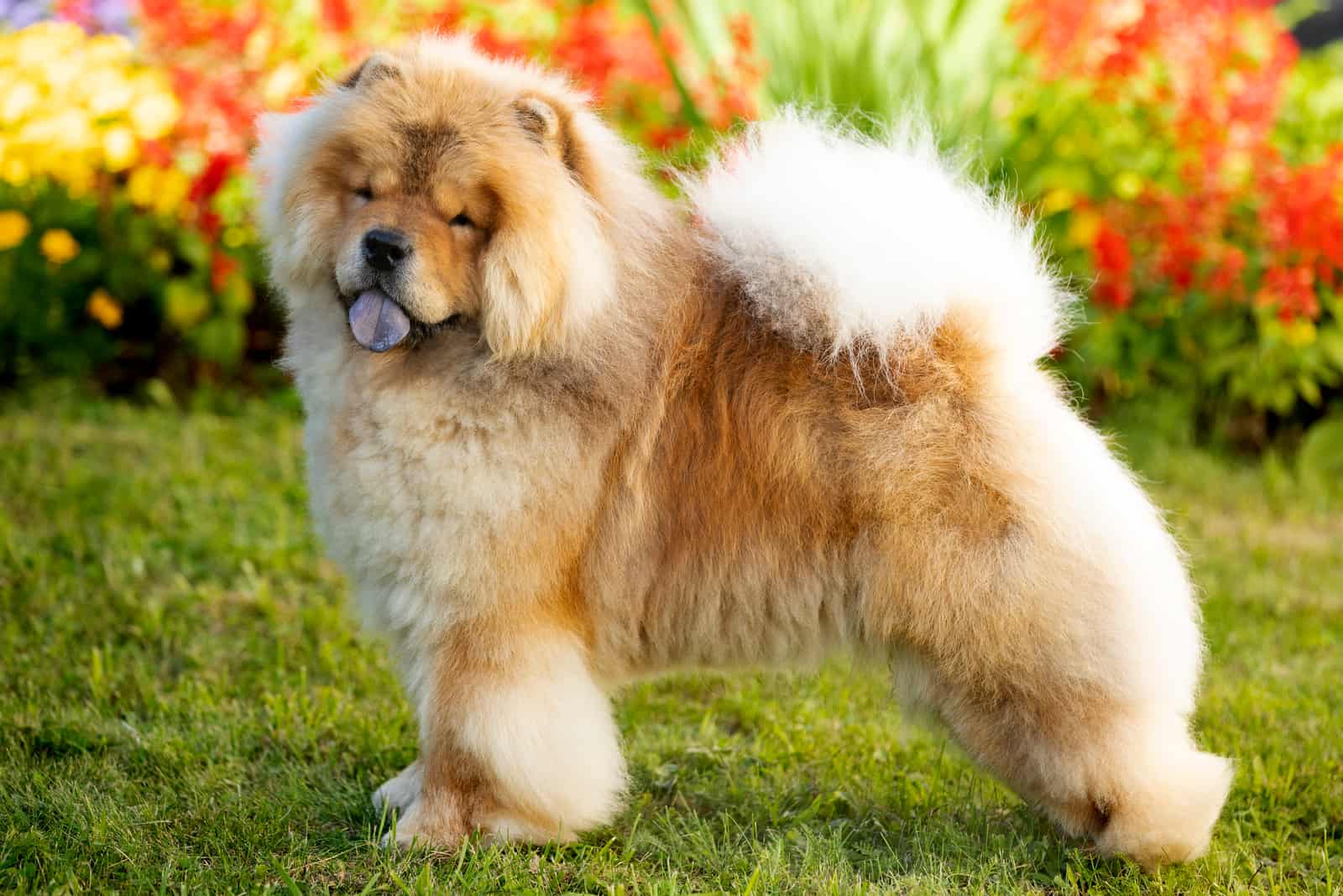
If you notice that your Chow suddenly starts shedding excessively (more than usual!), you need to take notice as this could be a sign of several different health issues.
Most of these are relatively easy to fix, but some may be a sign of a serious health problem, so it’s essential to get them checked out. Either way, your dog will be happier and will lose less hair if you get them treated for these conditions.
Hair Loss And Allergies
Allergies are a major cause of hair loss in dogs. Our furry companions suffer from allergies, just like us! Although they can be allergic to environmental allergens (pollen, dust mites, mold spores, etc.), one of the biggest causes of allergies is their food.
Millions of dogs are allergic to the following foods:
• Beef
• Chicken
• Lamb
• Soy
• Wheat
• Eggs
• Corn
• Dairy products
If you suspect that your pup is shedding more than usual and has bald patches, first check them for parasites like fleas and mites. Once you rule out this possibility, check the ingredients in their dog food.
The dog’s body reacts badly to proteins within these foods, causing various symptoms that can include hair loss.
Of all these culprits, dairy is often the primary cause. Most people aren’t aware that all dogs (and humans, for that matter!) are lactose intolerant to some extent, no matter which breed they are.
Puppies produce lactase while they are suckling from their mother. This enzyme breaks down lactose into two separate molecules so it can be digested easily. Once they are weaned onto solid food, they stop producing this (or they produce much less), making lactose harder to digest.
There are differences between a food intolerance and an allergy. Still, both can cause unpleasant symptoms, including vomiting, diarrhea, abdominal pain, lethargy, weakness, dehydration, bloated stomach, hives, skin inflammation, and weight loss.
It’s always best to seek advice from your vet on this issue, as they may be able to conduct tests to see which ingredient is causing the problem. Otherwise, you’ll need to use the process of elimination to determine which component is to blame.
Stress And Hair Loss
Stress can also cause a dog to shed hair in greater amounts than usual. Dogs love routine and can become stressed when things change. They are sensitive and will pick up vibes from family members if there’s a bad atmosphere in the home.
They get stressed when bored and frustrated if left home alone or haven’t had enough exercise. Fear of a situation will also cause stress, resulting in increased hair loss. Many dogs are scared by loud noises, like thunderstorms or fireworks.
The best way to deal with this is to keep your dog’s routine as stable as possible. Of course, you won’t be able to avoid some changes, such as family members leaving home or passing away, new arrivals (babies!), or moving house. The trick is to pay attention to your dog and help them adjust to the changes.
Nutrion And Hair Loss
Nutritional deficiency is another possible factor in cases of excessive shedding. Dogs need a balanced diet that provides all the nutrition necessary for their bodies to function correctly. This diet must include essential fatty acids (EFAs), as dogs can’t produce them.
EFAs contribute to healthy skin and hair, so a diet lacking in these will cause hair loss, a dull coat, and dry skin.
Dogs also need minerals, like zinc and copper, to keep their coat healthy. Oddly enough, a diet too rich in nutrients stops your dog from absorbing zinc, resulting in dry, cracked skin and fur loss!
The key to overcoming this is to ensure your furry pal has high-quality dog food with the necessary supplements. Again, your vet can guide you on this as they have the know-how as to which foods are best and how much to give your dog. Also, you can find some useful advice in our Chow Chow feeding chart.
Thyroid Problems
Hypothyroidism can also cause hair loss, along with weight gain and obesity, a dull coat, lethargy, and sensitivity to cold. You may also notice that your furry friend isn’t as sharp-minded as usual.
The problem is caused by the thyroid gland not producing enough of the hormones needed for the body to operate properly. Although any dog breed can have thyroid problems, some are more prone than others, such as Golden Retrievers, Dachshunds, and Cocker Spaniels.
The good news is that you can manage this condition with medication.
Do Chow Chows Shed? Final Thoughts
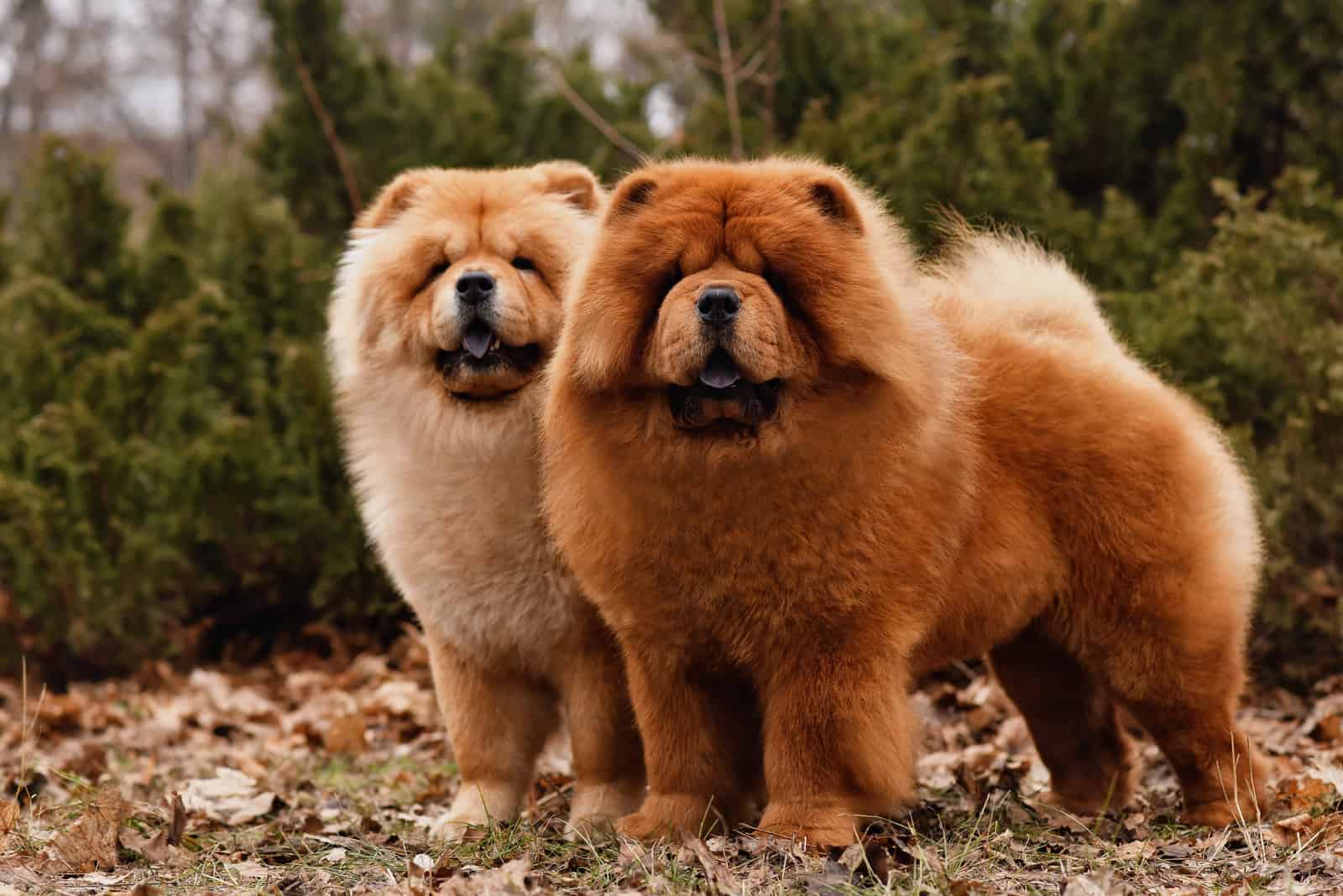
At the start, we asked the question, do Chow Chows shed?
So let’s confirm what we discovered:
Chow Chows are heavy shedders all year round and ten times worse during the two shedding seasons.
Looking after a Chow is a challenge, and it takes a special person to embrace the commitment involved. You have to deal with their quirks of character, and on top of that, you’ll have to make sure that their coat is adequately groomed unless you want a house full of dog hair!
It’s also fair to say that the Chow Chow isn’t for everyone: they’re aloof, serious, reserved or even hostile toward strangers, and proudly independent. This makes them better suited for experienced dog owners.
It’s wise to buy your dog from a reputable breeder that sells good quality, healthy pups. You can then get advice on nutrition, dog foods, and a feeding plan for your puppy.
Although a healthy diet is essential for all dogs, it’s all the more critical for the Chow Chow because of its short life expectancy of 8 to 10 years. A nutritious diet won’t just keep that coat looking good and keep shedding under control, but it will probably extend your pup’s life.
The truth is, if you’re willing to take one on and put in the effort, you’ll have a loving and faithful protector for life. After all, what’s a few hairs between friends?



